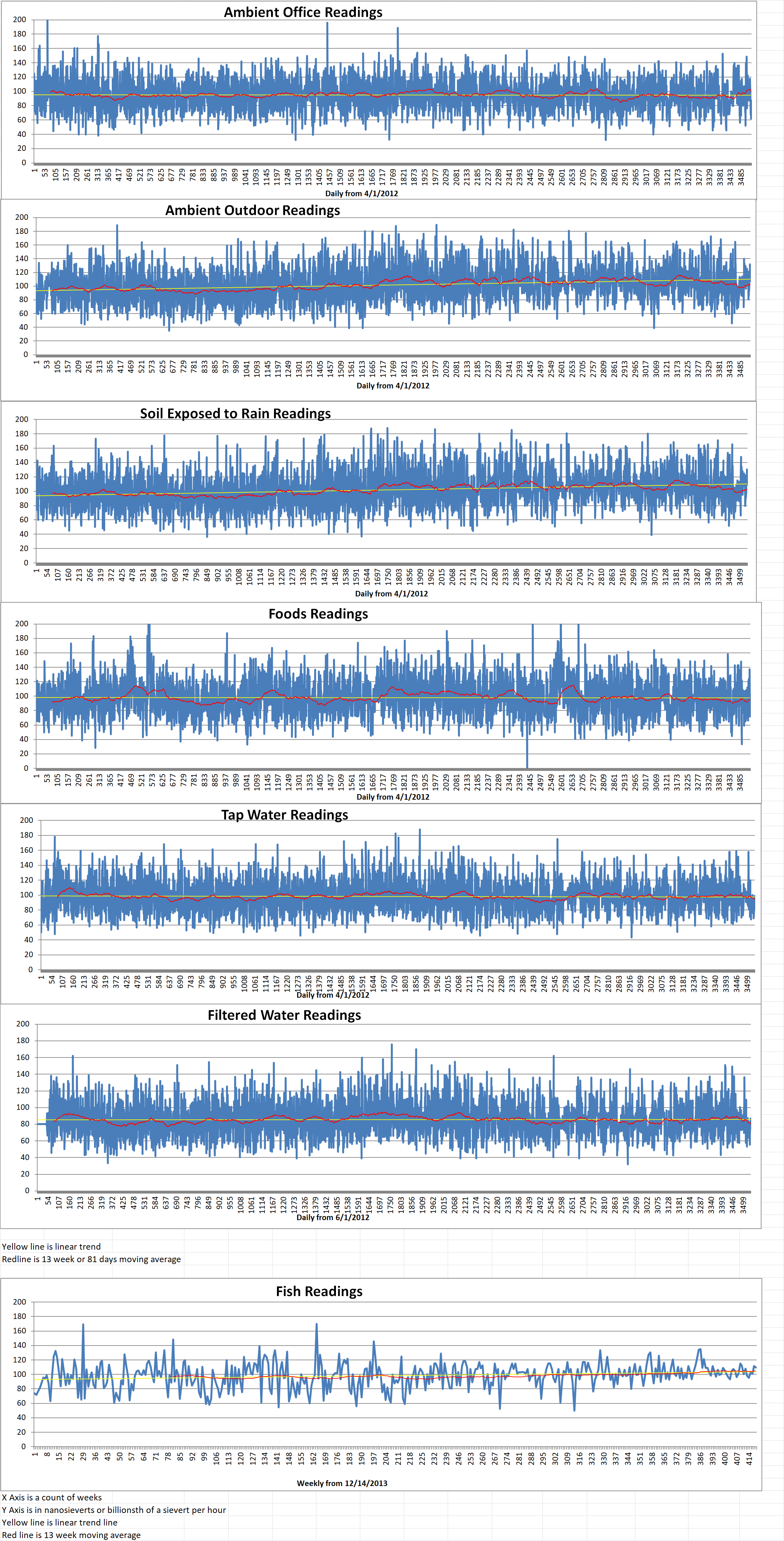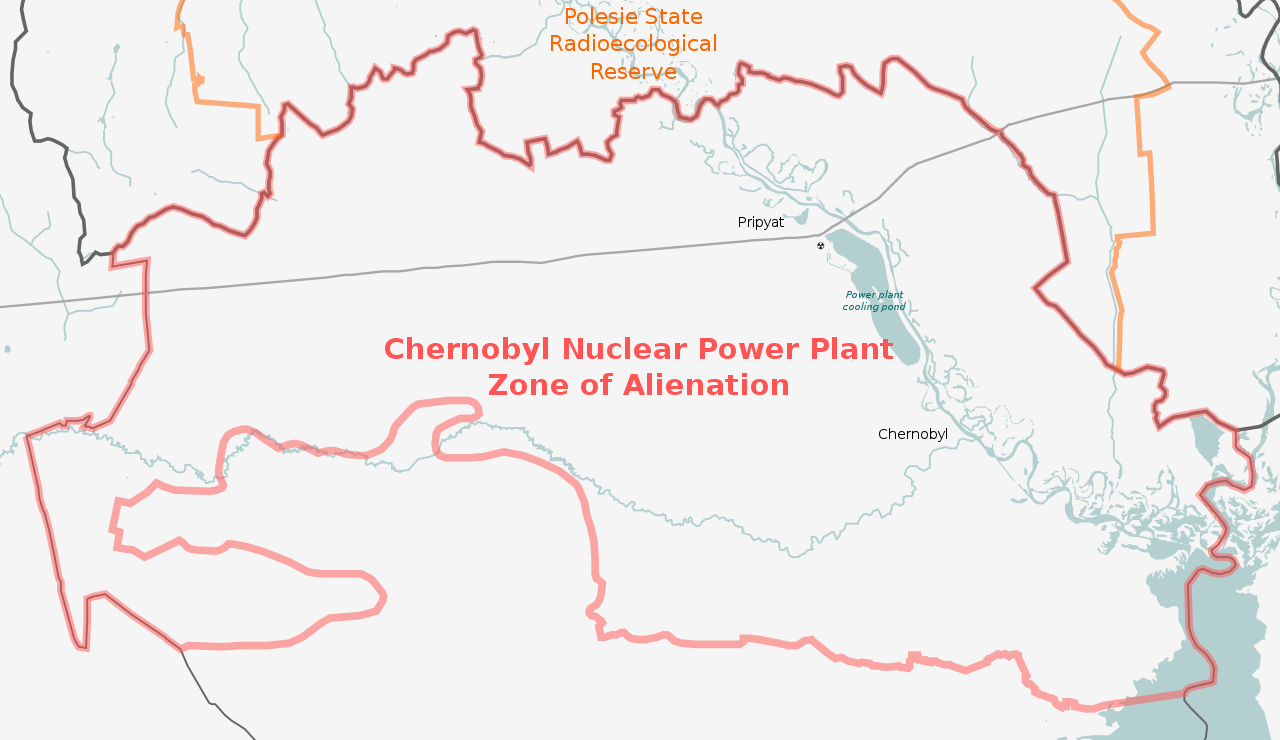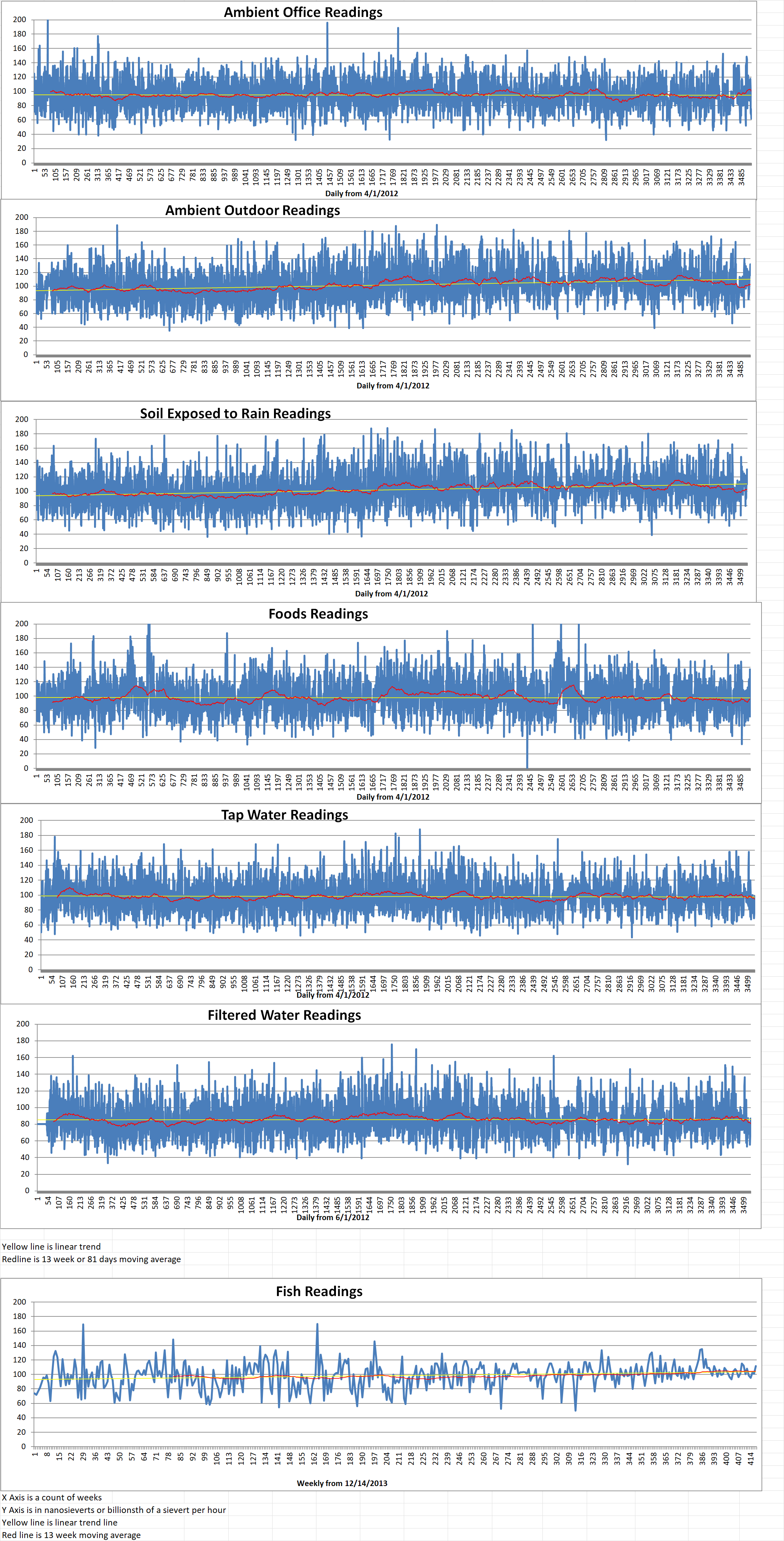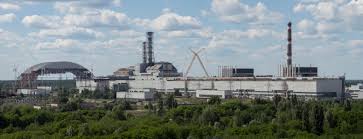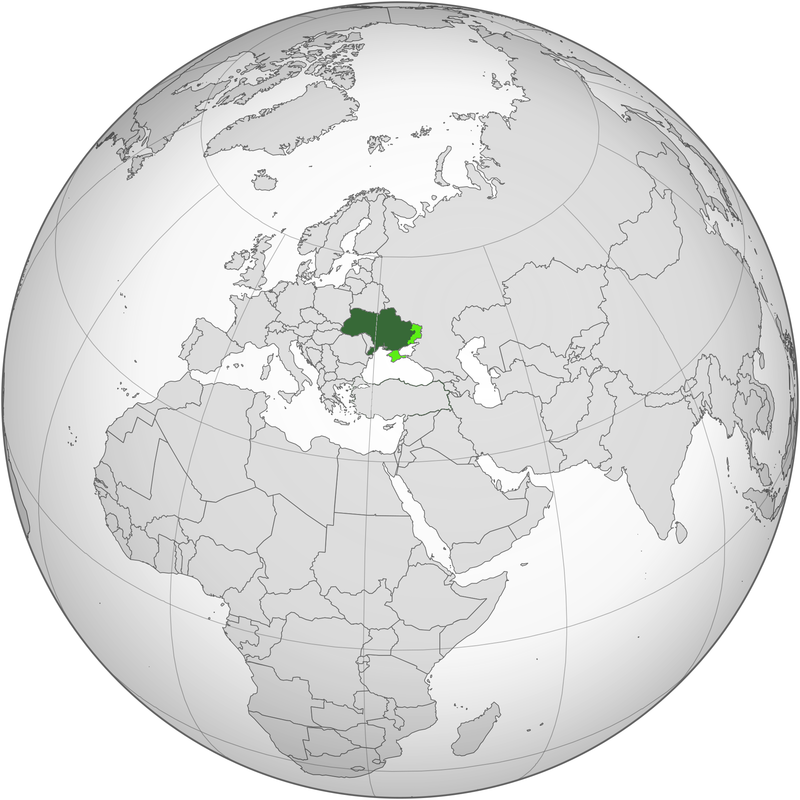Part 2 of 3 Parts (Please read Part 1 first)
Some observers have claimed that Russia wanted to gain control of the Chernobyl substation which is still functioning. It provides energy to Belarus and parts of western Russia. Shane Partlow used to work at the U.S. embassy in Kyiv. He agreed that this could be the reason that the Russians wanted to take Chernobyl because the substation was “critical to electrical supply in the region, including Belarus and Russia”.
For the past week, over one hundred workers at the Chernobyl nuclear power plant have been stuck at the plant because they were not allowed to leave after the Russians took over. They were at the closed power plant to work on decommissioning. Another two hundred Ukrainian guards in charge of security at the plant also remain trapped. The workers continue to carry out their duties and the atmosphere is calm but the BBC was told that the conditions inside are difficult and food and water are limited. There are also growing concerns that the stress that the workers are subjected to could impact their ability to safely carry out their duties at the nuclear site.
Russian troops and heavy military vehicles are now stationed inside the twenty-mile Chernobyl exclusion zone and they have surrounded the perimeter of the plant. Russia has announced that it has secured the site jointly with the Ukrainian national guard. However, Ukrainian officials deny this claim and say that Russian troops have full control of the site.
A relative of one of the Chernobyl workers said that the Russians controlling the plant told the workers that they were welcome to swap shifts with other workers currently at their homes. This meant that the Russians would allow some of the workers to leave. However the Russians also said that they could not guarantee the safety of workers traveling back and forth from and to the plant.
Although Chernobyl was never fully abandoned, it still requires constant maintenance. It continued to operate for several years before the surviving three reactors were shut down in 2000. Before the Russian invasion, about two thousand four hundred people still worked at the site including scientists, technicians, cooks, medics, other support staff and members of the national guard. Normally, people working at the plant had commuted to and from the nearby village of Slavutych which was constructed after the 1986 accident.
However, now the workers who were there when the Russians invaded are being forced to live at the plant. Yuri Formichev is the Mayor of Slavutych. He said, “The situation is complicated and tense. It is difficult for them morally, psychologically and physically.” The workers do have some food onsite but they don’t know how long they will be there, so they are only eating one meal a day, mainly bread and porridge. On last Sunday, the Russian personnel offered a delivery of food, but the works refused to accept it because they said it was a publicity stunt.
Please read Part 3 next

